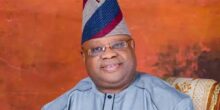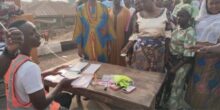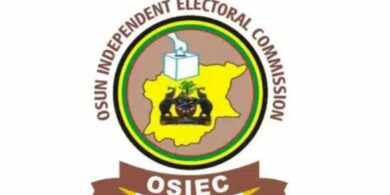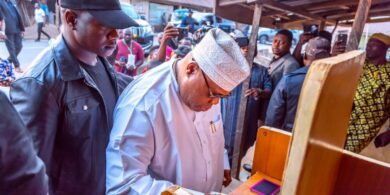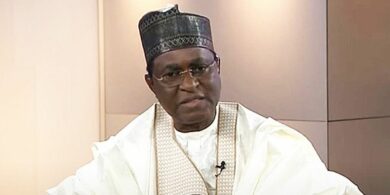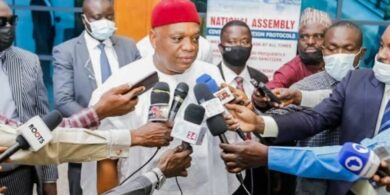FG spends ₦19.43 billion on Presidential fleet in 15 months
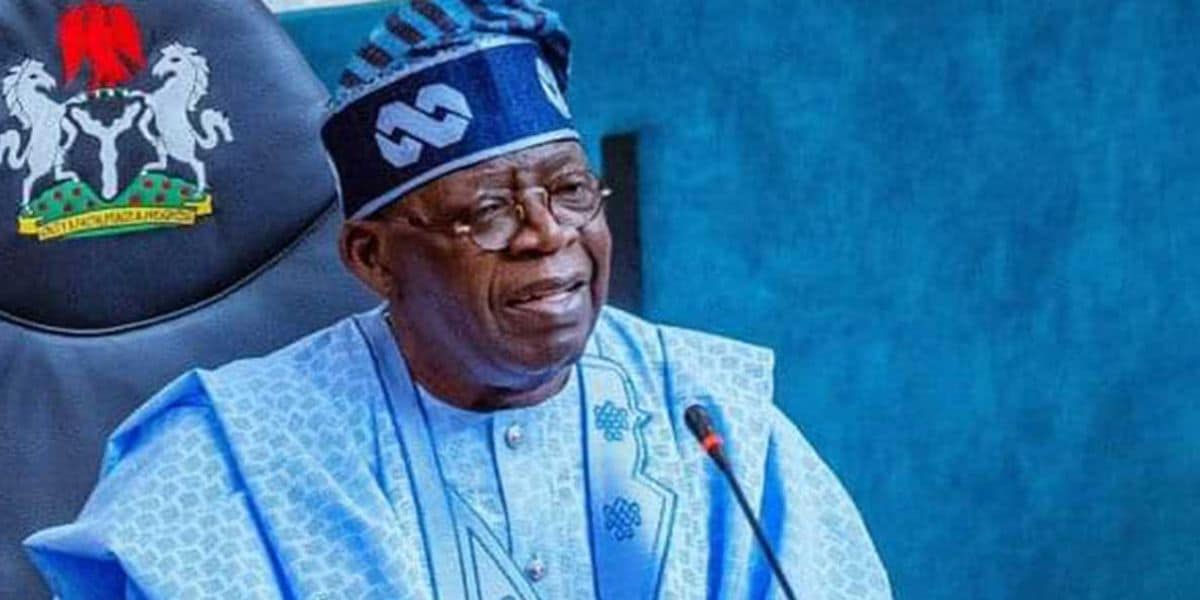
The Nigerian government reportedly spent about ₦19.43 billion on maintaining and operating the Presidential Air Fleet from July 2023 to September 2024.
According to data from GovSpend, a civic tech platform that tracks government expenses, reviewed by The PUNCH, the fleet’s costs amounted to ₦13.55 billion in 2024 alone, accounting for around 66% of its allocated budget.
A substantial portion of these expenses, marked as “Forex Transit Funds,” was used to cover foreign costs, including fuel and maintenance, for fleet aircraft stationed abroad.
A government official explained that payments made in foreign currency are essential for ensuring uninterrupted operations for the fleet when outside Nigeria.
“When aircraft on the fleet are abroad, payments are often made in U.S. dollars or another foreign currency to ensure uninterrupted operations,” the government official explained.
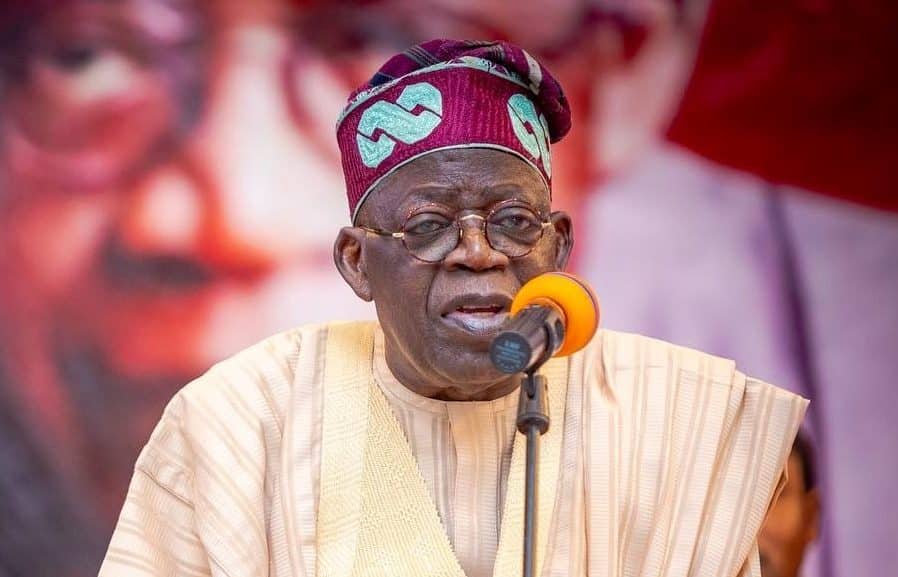
Records reveal that in July 2023, ₦1.52 billion was allocated to meet the Presidential Air Fleet’s foreign currency needs, divided into two payments of ₦846 million and ₦675 million.
This amount rose to ₦3.1 billion across three payments in August. Additional disbursements continued in subsequent months, including a substantial ₦5.6 billion distributed over six transactions in August 2024.
During President Bola Tinubu’s overseas tour in April, which included visits to the Netherlands and Saudi Arabia, the fleet’s transit account received ₦5.08 billion. Tinubu initially traveled in a government-owned Gulfstream Aerospace G550 jet; however, a technical issue prevented its use for the Saudi leg, necessitating a private aircraft charter. Meanwhile, the president’s Boeing 737 business jet was undergoing maintenance.
In August, a new Airbus A330 valued at $100 million was added to the fleet, funded through service-wide votes as a replacement for the aging Boeing 737. Tinubu’s Special Adviser on Information and Strategy, Bayo Onanuga, stated that the new A330, equipped with advanced avionics and a custom interior, would ultimately reduce maintenance and fuel costs.
The Presidential Air Fleet currently includes approximately 11 aircraft, one of the largest in Africa, featuring older models like a 19-year-old B737-700 and a 13-year-old Gulfstream G550. The B737, purchased under former President Olusegun Obasanjo, has become increasingly expensive to maintain over the years.
Onanuga defended the Airbus A330 acquisition, emphasizing that it serves the national interest rather than personal luxury.
“It’s not President Tinubu’s plane; it belongs to the people of Nigeria, it is our property…the President did not buy a new jet; what he has is a refurbished jet – it has been used by somebody else before he got it, but it is a much newer model than the one President Buhari used.
“The one President Buhari used was bought by President Obasanjo some 20 years ago. There was a time when the President went to Saudi Arabia, and the plane developed some problems. The President had to leave the Netherlands with a chartered jet.
“Nigerians should try to prioritise the safety of the President. I’m not sure anybody wishes our president to go and crash in the air. We want his safety so that he can hand it over to whoever wants to take over from him,” Onanuga said.
He further pointed out that recent breakdowns underscored the importance of the President’s safety, urging Nigerians to understand the necessity of replacing aging, unreliable aircraft.
The National Security Adviser, Nuhu Ribadu, also backed the decision, highlighting that excessive maintenance costs associated with the older Boeing 737 made the new acquisition essential.
In addition to the fixed-wing planes, the Presidential Air Fleet includes a Gulfstream G500, two Falcon 7Xs, a Hawker 4000, and a Challenger 605, as well as rotor-wing aircraft operated by the Nigerian Air Force under the supervision of the National Security Adviser.
Currently, three of the seven fixed-wing planes are reportedly out of service.
